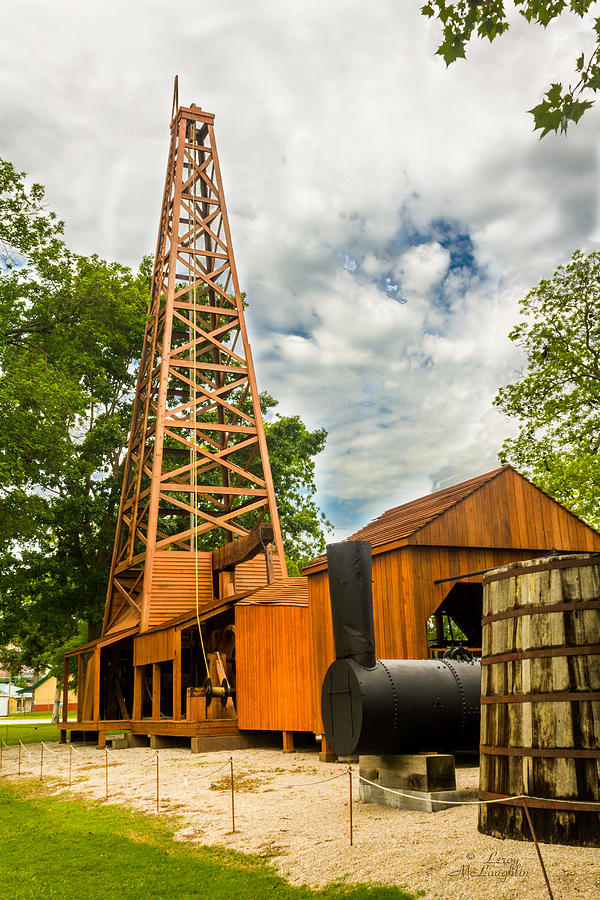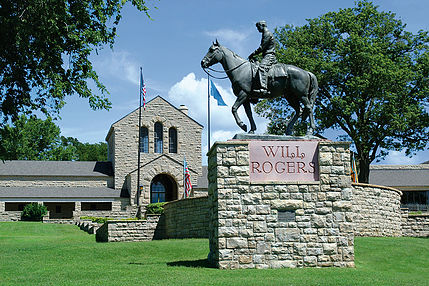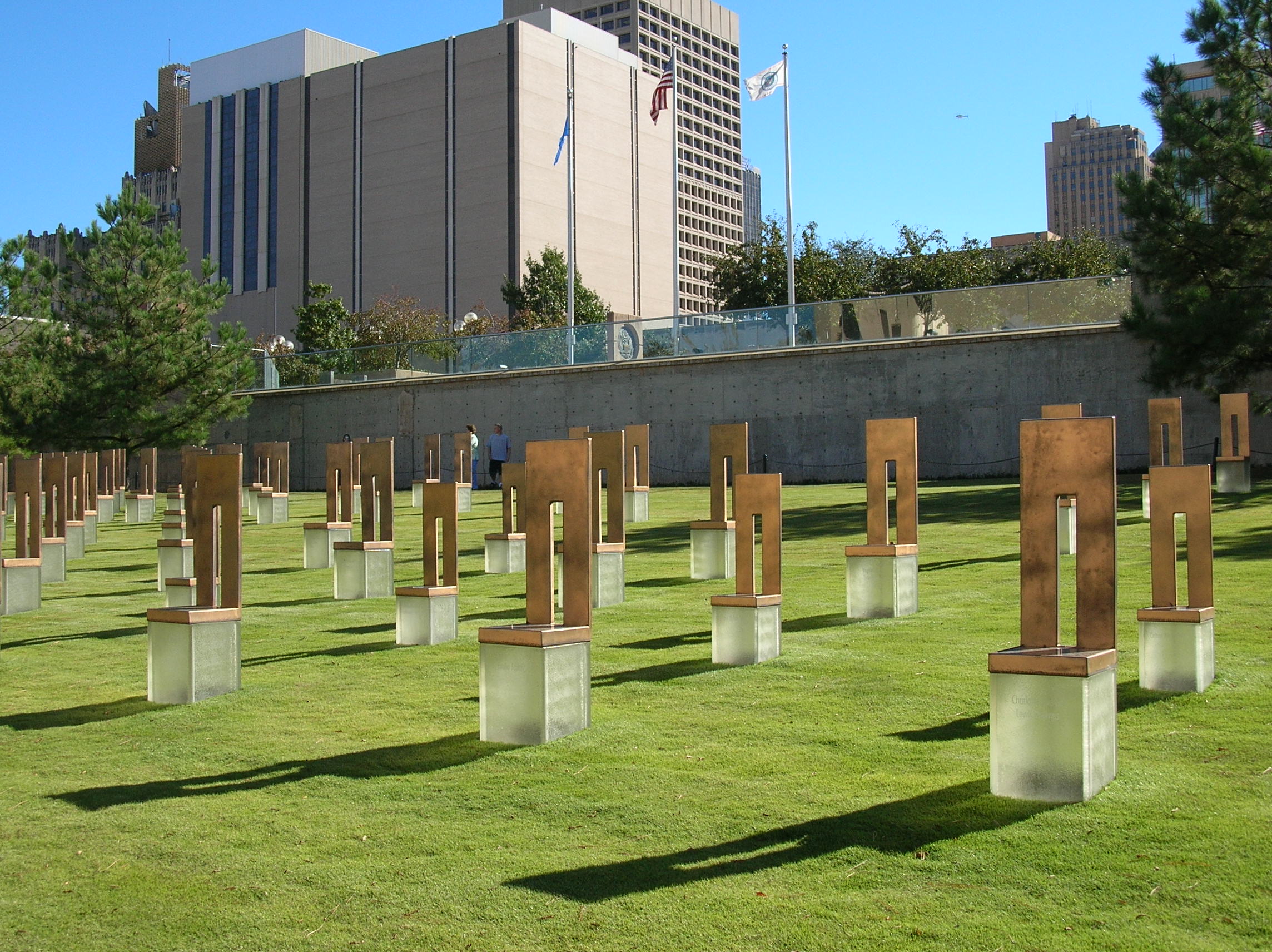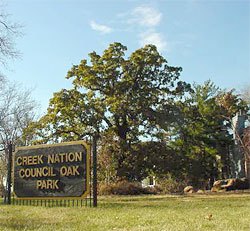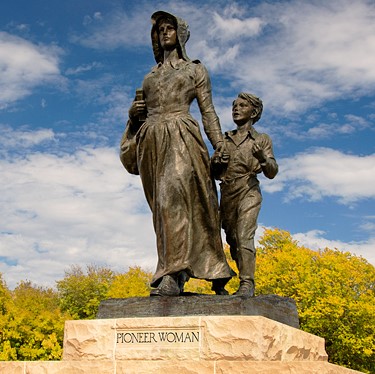Fellow Friday | This Learning Is Your Learning
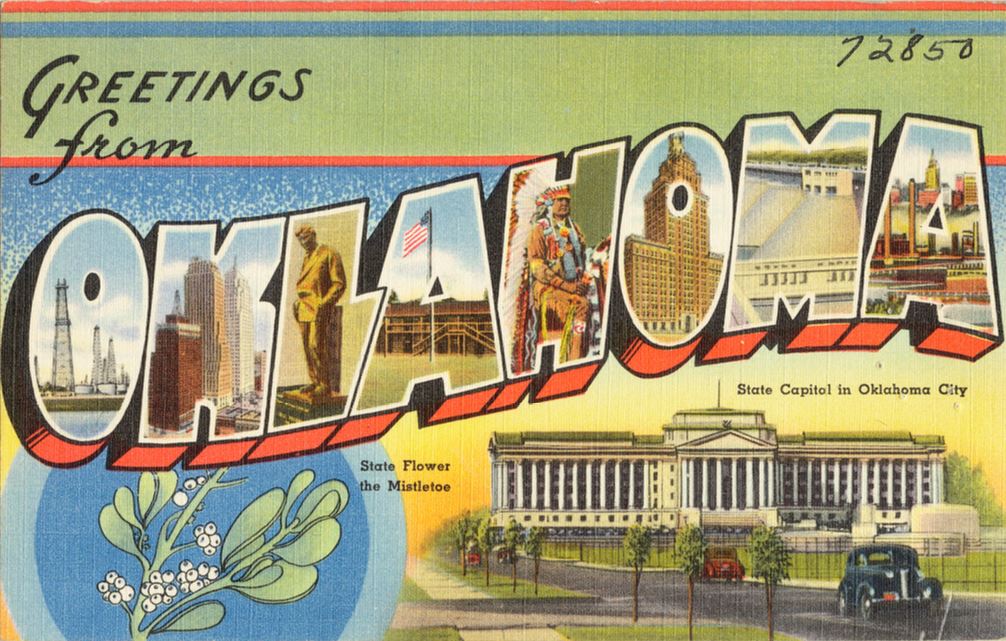

Interactive map at the Woody Guthrie Museum
The primary distinction of Fund for Teachers grants is the freedom we give teachers to design fellowships THEY consider most vital to students’ learning. That can be across the world or across the state, which is the case for Nathalie Lee and Janet DeMarco, teachers at Cedar Ridge Elementary School in Tulsa, OK. They are currently embarking on day trips (collecting video, pictures, and artifacts at historic and cultural sites) to re-prioritize the intellectual art of social studies and help students understand and analyze the state’s history and government. We checked in with them on the road…
On Why They Designed This Fellowship
Social Studies provides a context in which to fit all other learning, but we believe the intellectual art of social studies has been de-prioritized in the wake of No Child Left Behind and its great emphasis on reading and math. Because Social Studies isn’t an academic priority, teachers don’t receive
as much professional development on the subject — so we used a Fund for Teachers grant to create our own.
Together, we represent generations of native Oklahomans, and one of us is a member of two Native American tribes. We are proud of the people and the history of Oklahoma and want our students to be as well. For two weeks, we’re acquiring resources and insight that will give students a chance to identify with their history as Oklahomans and also provide opportunities to analyze what good citizenship looks like.
What’s On the Itinerary?
The Oklahoma Standards direct us to “Describe the connection between the historic significance of past events and people and the symbols of Oklahoma’s history” and “Describe relationships between people and events of the past.” To do that, we’re experiencing:
- The Great Salt Plains
The Great Salt Plains is one of Oklahoma’s major land forms that students need to be able to identify on a physical map. We will teach that, in the early 1800s, whichever tribe controlled the Great Salt Plains knew that it would have to fight to protect this valuable resource (salt). - Pioneer Woman Museum & Conoco Museum
The former will help demonstrate to how pioneers adapted to and modified their environment including sod houses, windmills, and crops. The latter displays the growth of a company from the “early days of a kerosene distributor and the wildcat days of the Cherokee Outlet, to an international energy empire.” - Nellie Johnstone No. 1 and The Woolaroc Museum
Nellie Johnstone No. 1 was the first commercially productive oil well in Oklahoma, opening oil exploration and development in Oklahoma. The Woolaroc Museum relates the story of Oklahoman’s cultural development in the New World. - Tahlequah’s Cherokee Heritage Centerand Muskogee’s Five Tribes Museum
The Cherokee Heritage Center is a historical society and museum that has preserved the historical and cultural artifacts, language, and traditional crafts of the Cherokee. The Five Civilized Tribes Museum houses the art, history and culture of the Cherokee, Chickasaw, Choctaw, Muscogee, and Seminole tribes. - Oklahoma City’s History Center, Oklahoma City Memorial, National Cowboy and Western Heritage Museum & State Capitol
- The Woody Guthrie Museum – for learning about the Dust Bowl, Woody Guthrie, and the meaning of song lyrics such as “This Land is My Land.”
- The Creek Council Oak Tree – the landmark that showed the Creek Indians where to stop after a journey to their new home along the Arkansas River). We will also visit the Muscogee (Creek Nation) Cultural Center in Okmulgee where we will learn from a Creek tribe member to hear tales of the tree’s significance and stories from Creek heritage.
- Tulsa’s Gilcrease Museum (which houses authentic Oklahoman art, artifacts from the American West, and collections of Native American art and materials); Philbrook Museum and, finally,
- The Will Rogers Museum to learn about Oklahoma’s favorite son.
What Hasn’t Been on the Itinerary?

Nathalie and Janet at the Philbrook Museum
While the Great Salt Plains used to be an ocean millions of years ago, it’s now a five-mile, sandy ocean bed in the middle of Oklahoma. Except when it rains! The area received 10 inches of rain in the past 30 days, making one of the state’s most valuable natural resources unreachable by car. After learning to maneuver a drone, we captured footage of the area that historically was an important asset — not only for salt’s preservation purposes, but also as a hunting ground for animals. We also learned that the salt bed is the only place in the world where selenite crystals with an embedded hourglass formation are found.”
“I know we’re not pursuing fellowships in Italy or France, but we love Oklahoma and our educational standards are based here,” Janet and Nathalie said during their phone call. “We really get excited about teaching our students who our people are! We are all Oklahomans — with wonders of nature, the beauty of architecture, and profound culture history and heritage all around us. We want students to realize they don’t have to travel across an ocean or even across the country to learn rich history about the people and places that came before us. It’s right under our feet in what we Okies like to call ‘our stomping grounds.'”
[minti_divider style=”3″ icon=”” margin=”20px 0px 20px 0px”]
You can follow the remainder of Nathalie and Janet’s fellowship on Instagram @okiesteachfft.
 Back to Blogs
Back to Blogs
